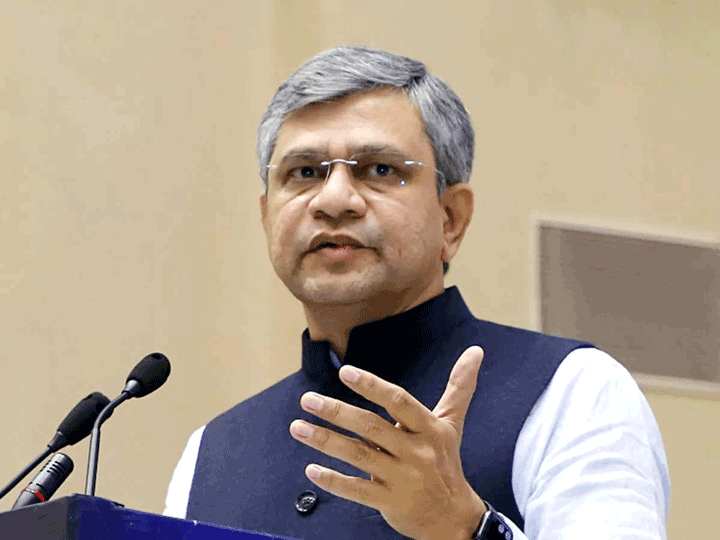Govt wants ‘origin of products’ displayed, calls e-commerce firms for meet
The Department for Promotion of Industry and Internal Trade (DPIIT) has called e-commerce majors, including Amazon, Flipkart, Snapdeal and Paytm, for a meeting on Wednesday to discuss the ‘displaying origin of the product’ on these platforms, as anti-China sentiment picks up in the country.
This follows the Government e-Marketplace (GeM) platform making it mandatory for its listed sellers to specify the country of origin while registering all new products on the portal.
The border stand-off between India and China has sparked a campaign here that is gaining momentum to boycott Chinese products.The meeting is being organised on a video conferencing platform, according to people in the know.
Ministry officials said that this issue has come up earlier and implementation issues for e-marketplaces would be discussed at the meeting on Wednesday.
Among other invitees to the discussion are Pepperfry and The E-commerce Council of India.
E-commerce executives said asking sellers to fill up information about ‘country of origin’ for new listings of products is not complicated. However, the challenge is that the millions of existing products already listed on the e-commerce platforms don’t have those details and it would be a very “time consuming” process for the sellers to mark the country of origin for those products. However, for some products, this information is already available.
“If a seller has 10,000 listings, for him to go through all that and add data is a big task,” said a senior executive at an e-commerce company. “The intention of the government should not be to throw away those sellers off the platform, that would be like ‘cutting your nose to spite somebody (China) else,” said the person.
Another official said e-commerce platforms will be able to add such information in the long term, “but given that we are slowly getting back on track in terms of sales after Covid-enforced lockdowns, we would request some time to make changes to our already existing listings and not influence user buying preferences based on country of origin”.
Other e-commerce industry officials said many products which mention that they were made in countries such as Vietnam, Malaysia and Indonesia, have many elements or portions which originate from China and it would be very difficult to determine those aspects.
“How do you define that percentage is very difficult,” said a person. “It is all the optics that is playing out.”
Industry insiders said that supply chains are global in nature, there is no one country where products get made.
“For example for mobile phones made, many of its components are made in Taiwan, Vietnam and even in India–which is the country of origin for these products, I fail to understand,” said an e-commerce industry official. “Even for mobile phones manufactured in India, various components come from other parts of the world including China,” the official added.
Industry insiders said that e-commerce is just 3 per cent of the retail market and if the government is making ‘displaying the origin of product’ mandatory for online retailers, it should be done for offline retailers as well.
One official said that in the past, there have even been cases of Chinese crackers being sold in trademark yellow boxes with fake ‘Made in India’ stamps.
“Why only e-commerce companies, retailers are also selling a lot of ‘Made in China’ items,” said Satish Meena, senior forecast analyst at Forrester Research.
He said that boycotting small ticket items like toys and phones sold in the local markets would not help and it would only hurt consumers as well as the sellers. “We are fighting the wrong battle. If you want to give a message to China, pick big-ticket items like (stopping Chinese player) in the auction of 5G project.”











